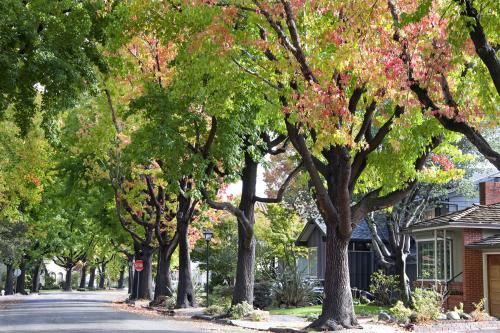Executive Summary
Revitalizing Washington’s neighborhoods and boosting the city’s population can make the District of Columbia a better place to live and work for all the city’s groups—but only if they work together.
To promote such unity, this paper provides a framework for a broad-based dialogue about how best to enhance the future of Washington’s neighborhoods.
Above all, the paper concludes that:
- Improving the District’s economic and fiscal viability depends on attracting and retaining more residents—especially middle-income families with children. Already Mayor Anthony Williams has adopted a goal of increasing the District’s population by 100,000 by 2010. Now, this paper follows up by exploring what policies would help attain that goal, where a larger population could live, and how to ensure that all groups in the District share in the benefits.
- Focusing development resources in target neighborhoods will increase the effectiveness of revitalization efforts. Public resources for development are limited. They should be spent on a small number of neighborhoods where they can make a visible difference and attract private investment and non-profit activity. In keeping with that, this paper discusses criteria for selecting target neighborhoods and maps the assets of 12 specific neighborhoods suitable for priority renewal.
To advance the cause of spurring population growth by revitalizing selected neighborhoods, meanwhile, these pages suggest that:
- The mayor and City Council must commit to a phased targeting of their revitalization efforts, and use it to set budgetary priorities. Focusing on a manageable number of neighborhoods and then proceeding to others will make the most of limited resources and have the best chance of producing visible success.
- A single capital budget should govern both city agencies and schools. Replacement and modernization of schools, libraries, recreation centers, and public health facilities should be coordinated and focused on target neighborhoods.
- Public, private, and nonprofit enterprises must effectively partner. The city must reach out to potential partners and enlist their help and resources in planning and implementing neighborhood revitalization. It should work closely with anchor institutions in the target neighborhoods’ CDCs with strong track records, major employers (universities, health facilities, District or federal agencies, and companies), cultural institutions, as well as public and charter schools.
- Schools must become an integral part of planning and implementation. The District and DCPS should jointly seek foundation support to hire a team to improve integrated planning and communication. DCPS should stage its Master Facilities Plan to give priority to modernizing schools in the target neighborhoods. Charter schools should also be actively involved in their neighborhoods.
- The District needs a citywide housing strategy that both protects low-income households and seeks to attract middle-income residents. Even if additional resources are allocated to housing, the trade-offs are tough. The city needs to preserve housing affordable to its poorest residents, protect low-income residents against rapidly rising rents and property taxes, and provide incentives to develop more mixed income neighborhoods.
In sum, a strategic focusing of revitalization initiatives on key District neighborhoods holds out great promise of boosting the capital’s population and ensuring that the city’s renaissance improves the lives of all of the city’s citizens.


